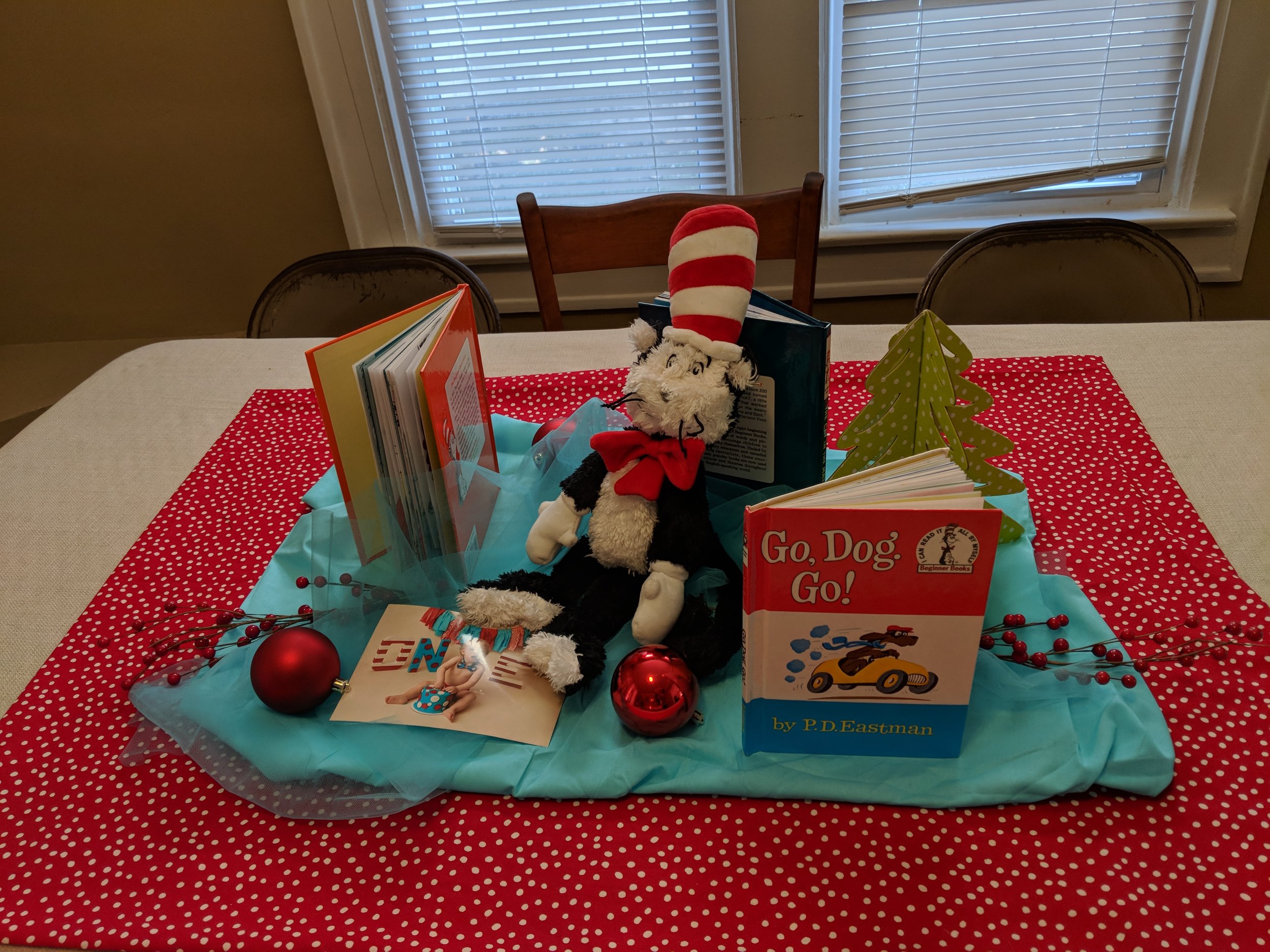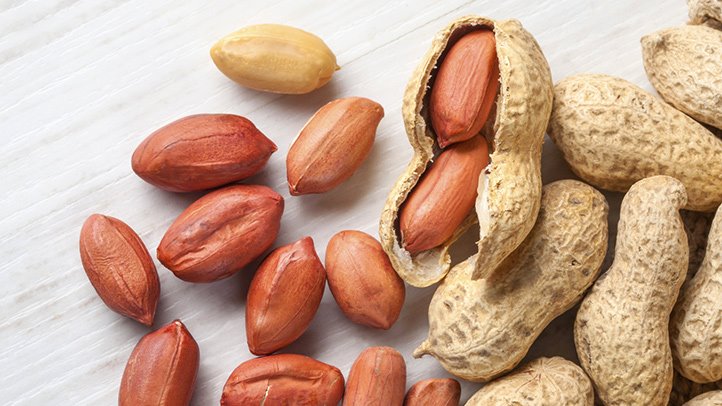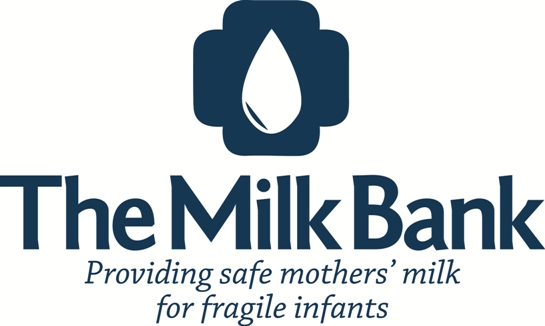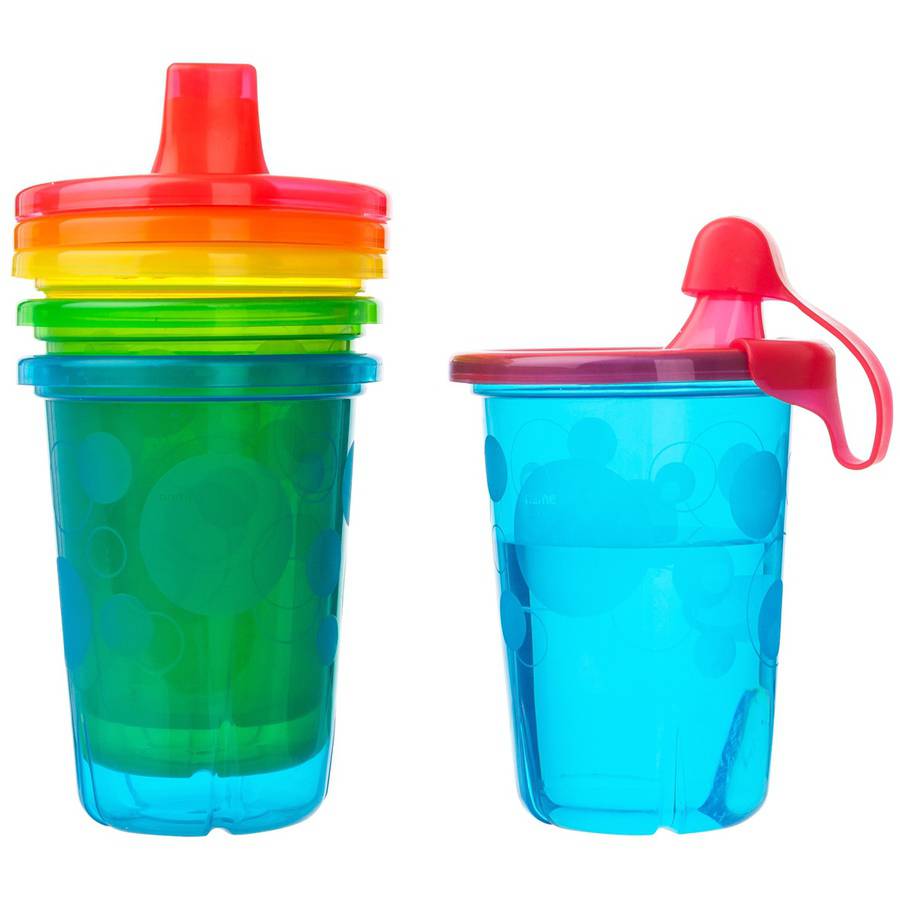Some of you, if you are Registered Dietitians, are familiar or at least heard of FNCE. The Food and Nutrition Conference and Expo that happens annually around the country. This is the big national convention for Registered Dietitians hosted by the Academy of Nutrition and Dietetics. I have been able to attend FNCE twice, once as a dietetic intern in Boston, MA and then two years ago in Chicago, IL. It was a fantastic experience to be able to listen to speakers, see the amazing exhibit hall and then get to network with fellow RDs. Over the last 7 years of being a pediatric dietitian I have spoken with several other pediatric RDs about the lack of pediatric content at FNCE. There are obviously lots of topics that they are trying to cover and there are normally a few pediatric topics that are addressed, but not a ton. I wanted to make sure that pediatric nutrition continued to have a focus at FNCE and have some quality information to provide to other dieititians. Lots of RDs are being asked to cover NICU/pediatric units in hospitals and some times these RDs aren’t always the best equipped to know how to take cover of these complicated patients.
I decided to put together a presentation proposal for FNCE with a friend of mine in Louisville, Laura Serke. She is an amazing NICU RD in Louisville and also works as a lactation consultant. I thought it would be awesome to provide a presentation focused on how to handle human milk (or breast milk) in the hospital setting. This would centered around the NICU specifically, but we would also cover the pediatric side of it as well. RDs are often the ones that are asked to help provide guidance on how the transportation, storage and feeding of human milk is delivered to infant patients. Laura was in support of putting together this proposal and then with the help of Salisa Lewis as well (another amazing NICU RD with lots of experience) we finalized our proposal and submitted it back in November of 2018. We worked hard over the course of a couple of weeks to create and finalize this proposal and articulate our thoughts in a way that sounded professional and interesting. It is tough to put together an interesting and interactive presentation on human milk in a way that would get a large group of people excited about the topic! I think we did a great job though coming up with a catchy title and putting all those ideas on to paper.
Fast forward to this past week … we got word back that our proposal was accepted and we will be presenting our presentation at FNCE in Philadelphia, PA in October of 2019. If you are attending FNCE this fall make sure to mark your calendar for our session on October 27th at 10am! It will be a great presentation and worth getting up for! This is the best news that I could have gotten. I am wrapping up my maternity leave and kind of questioning leaving my baby to head back to work, but this was just the push I needed. I love what I do and love educating people about my job and supporting other RDs in that field of pediatric/NICU nutrition. It is tough being a mom, working full time, running a side business and at times I question if it is worth the stress to try to do all these things. Then moments like this where a crazy idea works out and becomes a reality and then I realize “yes” it is all worth it!
So stay tuned to hear about about that presentation and of course pictures and documentation of the event in October of this year!





































